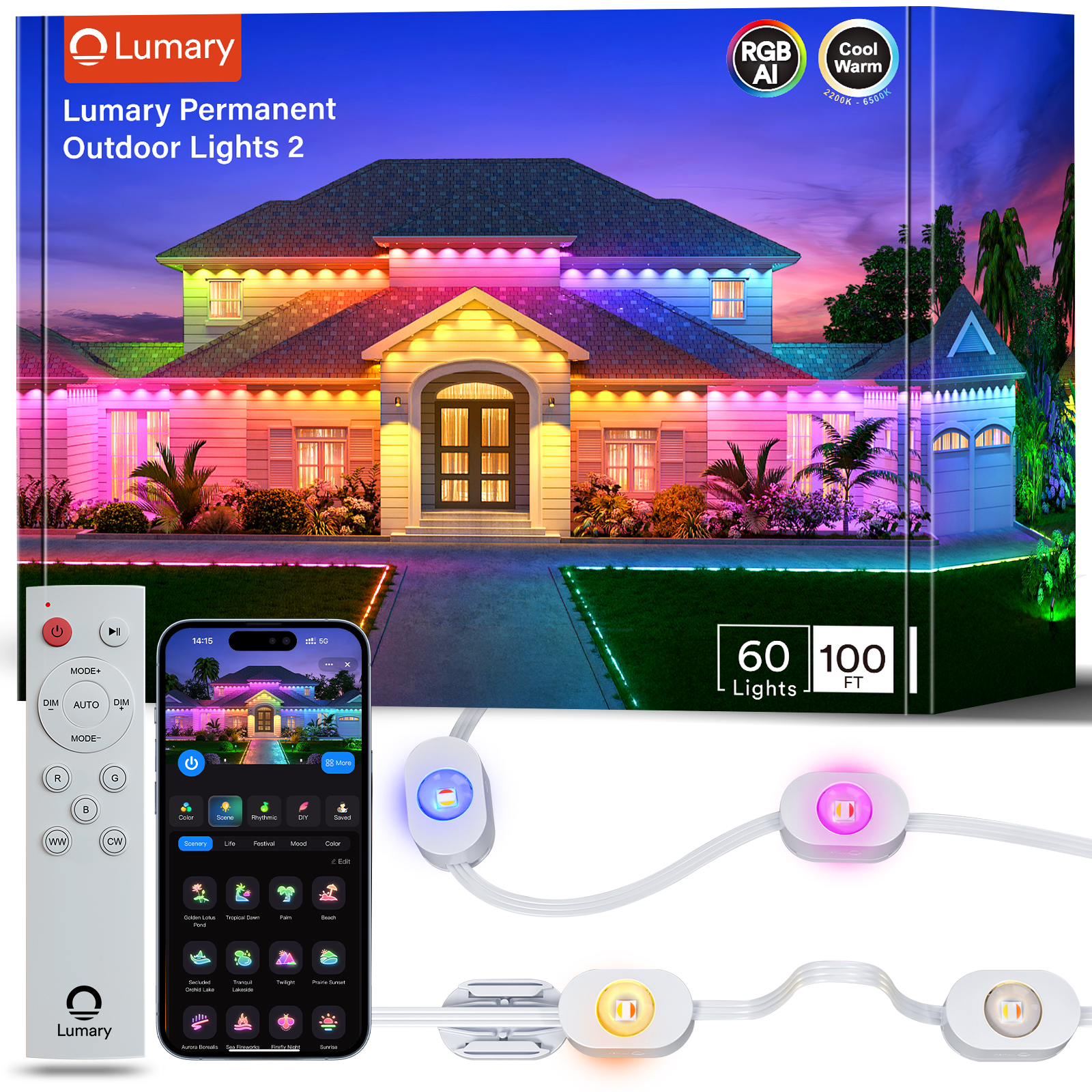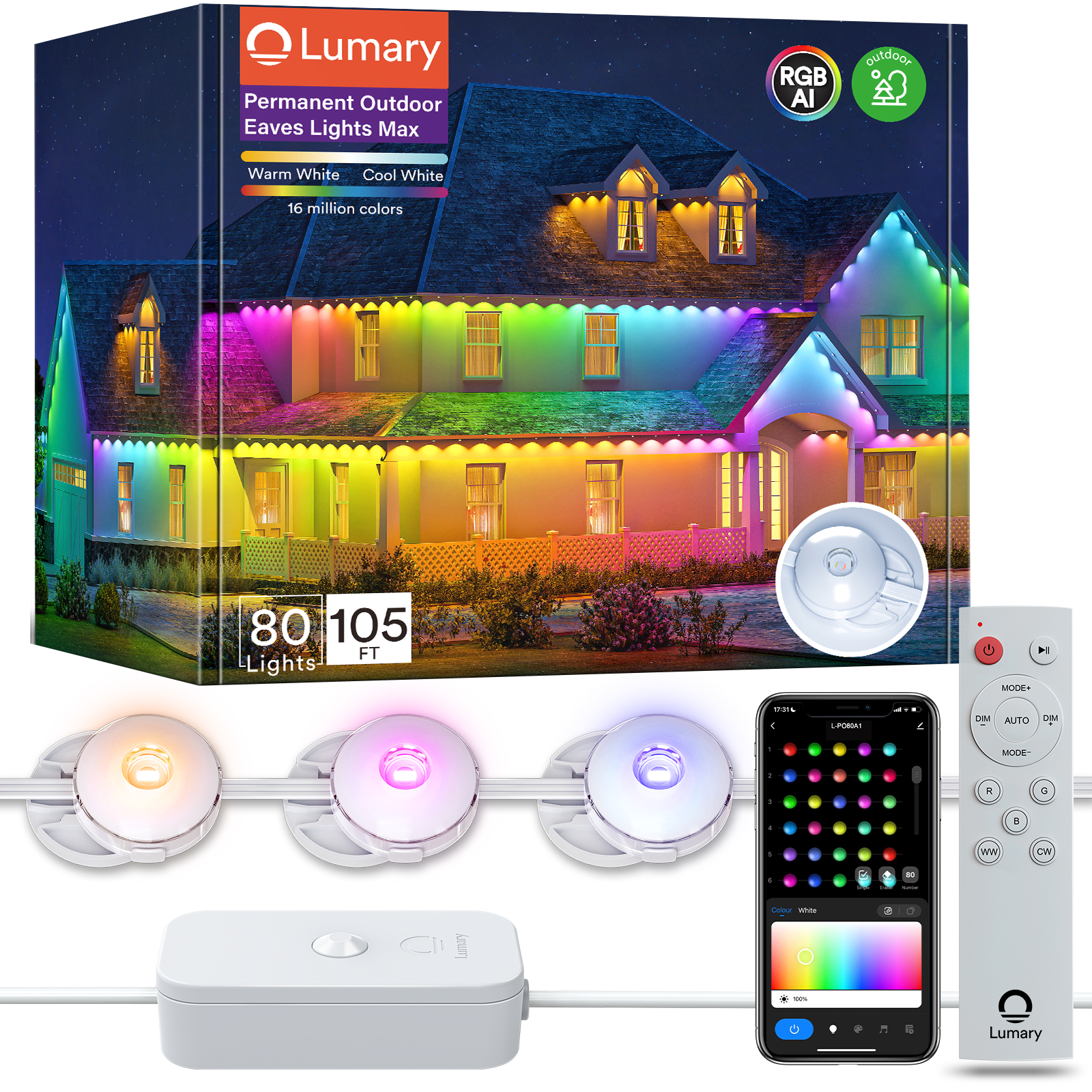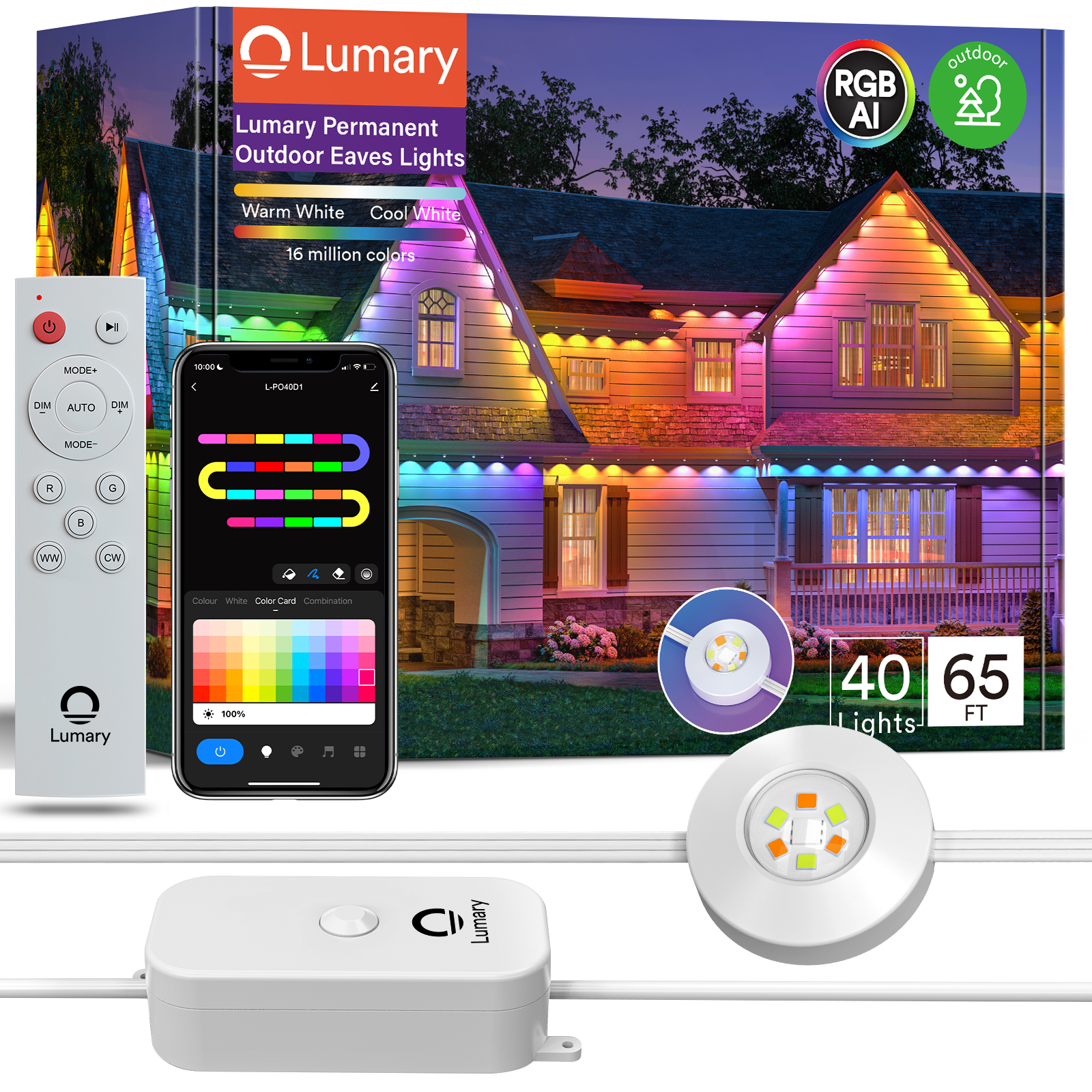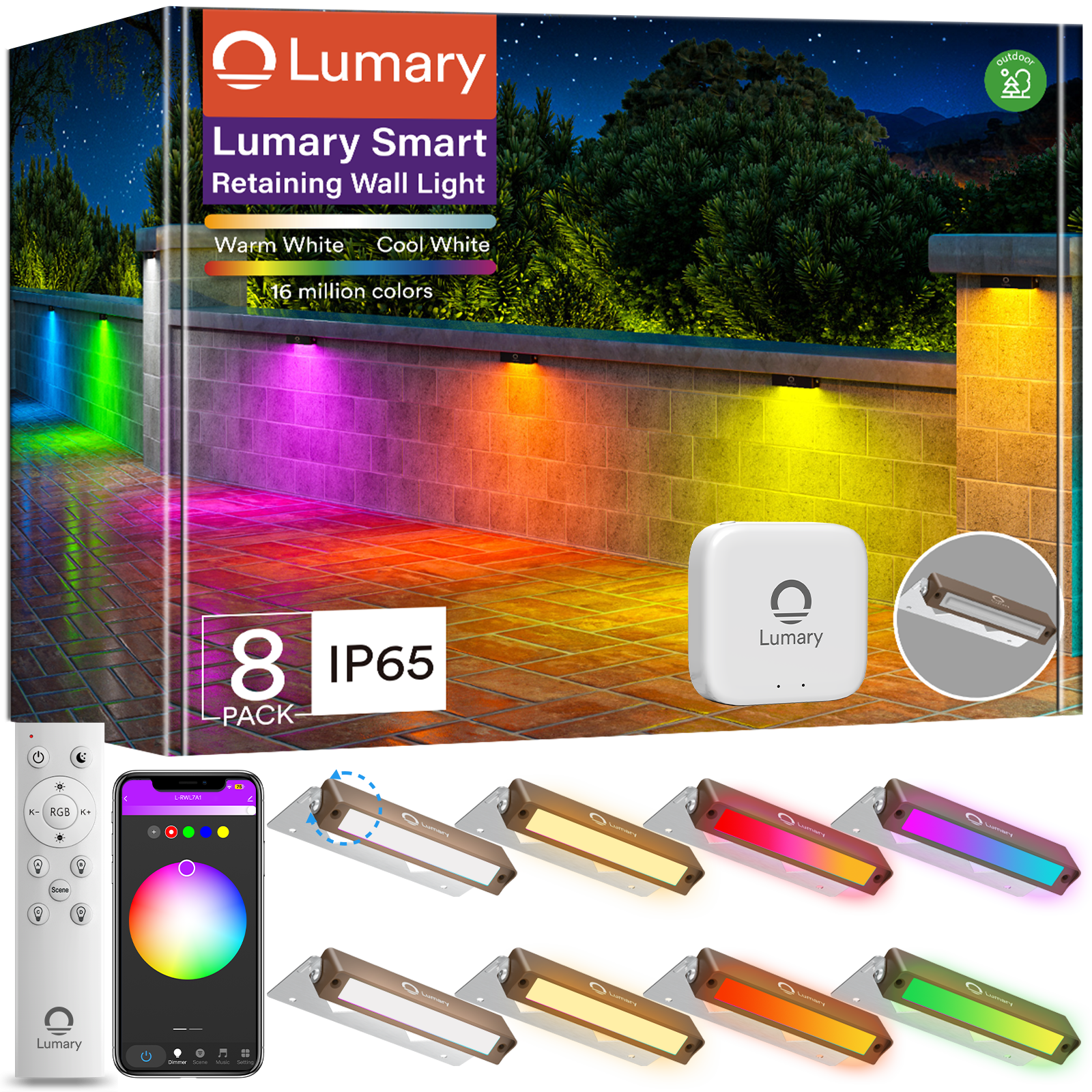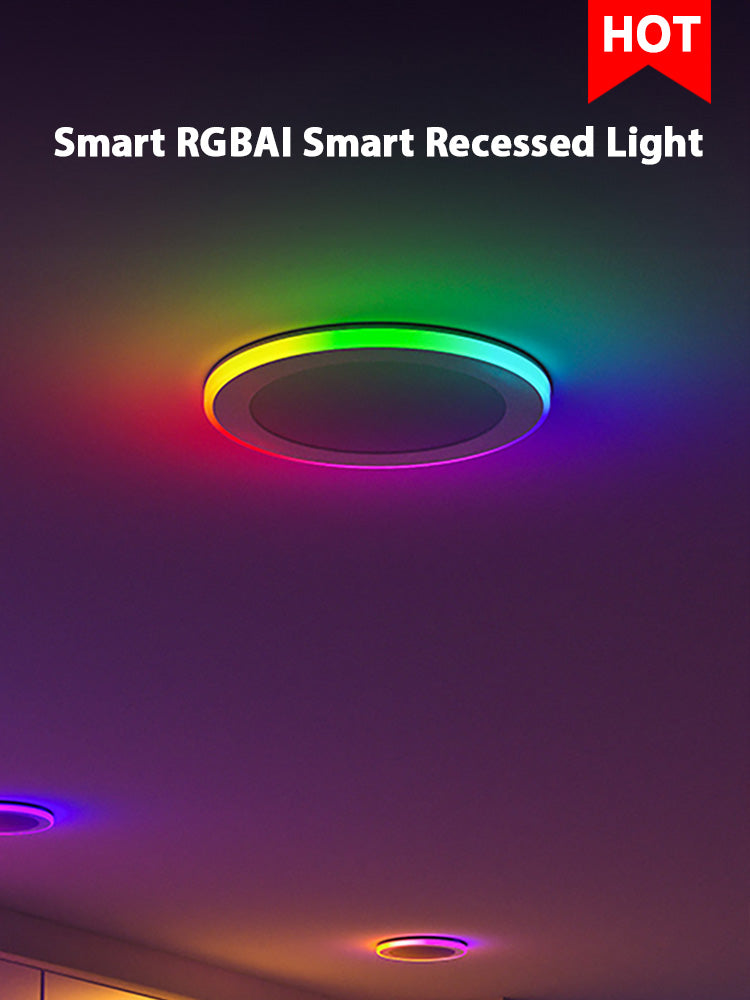Imagine turning your lights on or off without moving. You can also change your room's mood with a tap on your phone. Smart lighting makes this easy and changes how we use our homes. It’s not just about ease—it helps save energy too.
Did you know smart lights use over 50% less energy than regular ones? How you control and use them matters more than your home type, making them great for everyone.
Smart lighting is becoming very popular.
-
In 2024, the market was worth USD 20.57 billion.
-
By 2037, it might grow to USD 264.25 billion, with a big growth rate of 21.7%.
Smart home lighting isn’t just cool—it’s a better way to live.

Understanding Smart Lighting
What is smart lighting?
Smart lighting is a modern way to control lights. You can use your phone, tablet, or voice to manage them. These lights often use LED bulbs, which save energy and last longer. Smart lighting does more than just turning lights on or off. You can dim them, change colors, or set them to work with motion or schedules.
These lights connect to Wi-Fi or a smart hub. This lets you control them from anywhere. Whether you're home or away, you can adjust your lights easily using your phone.
Benefits of smart home lighting
Smart lighting is convenient and saves energy. It helps lower electricity bills. LED bulbs, a key part of smart lighting, use less power than regular ones. For example, switching a 36W bulb to a 20W LED can save $288 in five years.
Another benefit is customization. You can set the mood for any event, like a movie night or dinner party. Automation features make it even easier. Lights can turn on when you enter a room or dim at bedtime without effort.
Smart lighting also supports eco-friendly living. Governments are promoting LED use and smart city plans. These systems are becoming important for saving energy.
Popular smart lighting systems
Many smart lighting systems offer different features for various needs. LED bulbs are the most popular because they are efficient and flexible. Hardware like LED lights, fixtures, and controls make up the biggest part of the market.
Brands like Philips Hue, LIFX, and TP-Link Kasa are well-known. They work with platforms like Alexa, Google Assistant, and Apple HomeKit. You can control lights with voice commands or easy-to-use apps.
The smart lighting market is growing fast. In 2023, it was worth $13.2 billion. By 2030, it may reach $66.37 billion due to urban growth and new technology. More people are choosing smart lighting to improve their homes.

Setting Up Smart Lighting
App compatibility and requirements
Before diving into smart lighting, you’ll need to check if your devices are compatible. Most smart lighting systems work with popular apps like Philips Hue, LIFX, or TP-Link Kasa. These apps let you control your lights from your smartphone or tablet. Make sure your phone’s operating system (iOS or Android) supports the app you plan to use.
You’ll also need a stable Wi-Fi connection. Many smart lights connect directly to Wi-Fi, while others require a hub. A hub acts as a bridge between your lights and your network. Some systems, like Philips Hue, need a hub, while others, like LIFX, don’t.
If you’re planning to use voice commands, check if your lights are compatible with platforms like Alexa, Google Assistant, or Apple HomeKit. This ensures you can pair your lights with voice assistants later.
Tip: Always download the latest version of the app to avoid compatibility issues. Updates often fix bugs and improve performance.
Step-by-step installation guide
Setting up smart lighting is easier than you might think. Follow these steps to get started:
|
Step |
Description |
|---|---|
|
1 |
Connect the hub to Wi-Fi |
|
2 |
Install bulbs and fixtures |
|
3 |
Connect bulbs to the network |
|
4 |
Customize settings and control |
-
Connect the hub to Wi-Fi: If your system uses a hub, plug it into your router and follow the app’s instructions to connect it to your Wi-Fi.
-
Install bulbs and fixtures: Replace your regular bulbs with smart ones. For smart fixtures, follow the manufacturer’s installation guide.
-
Connect bulbs to the network: Open the app and add your bulbs. Most apps will scan for nearby devices and guide you through the setup.
-
Customize settings and control: Use the app to name your lights, group them by room, and set preferences. You can now turn on/off lights or adjust brightness with a tap.
Smart lighting systems can reduce energy use by 30% to 70%, making them both eco-friendly and cost-effective.
Pairing lights with voice assistants
Want to control your lights with just your voice? Pairing them with a voice assistant like Alexa or Google Assistant makes this possible. Here’s how:
-
Open the app for your voice assistant (e.g., Alexa).
-
Go to the settings and select “Add Device.”
-
Choose your smart lighting brand from the list.
-
Follow the prompts to link your account and connect your lights.
Once paired, you can use simple commands like “Alexa, turn on the living room lights” or “Hey Google, dim the bedroom lights.” This feature is perfect for hands-free control, especially when you’re busy or relaxing.
Note: If you face issues while trying to connect lights to Alexa or other assistants, double-check your Wi-Fi connection and ensure both devices are on the same network.
Controlling Lights with Apps and Voice Commands
Using smart lighting apps
Smart lighting apps help you control your smart lights easily. These apps are simple to use and have clear menus. After installing the app, you’ll see tools like dashboards, room groups, and light controls.
Most apps show your connected lights on the main screen. Tap a light or group to change settings. You can dim lights, pick colors, or set timers with a few taps. Some apps even show energy use, so you know how much power your lights use.
Tip: Check the app’s settings for extra features like motion sensors or syncing lights with music. These can make your lighting more fun.
Basic app features
Smart lighting apps offer easy controls for daily use. You can turn lights on or off, change brightness, and switch between warm or cool tones. These tools help set the mood for reading, relaxing, or parties.
Here’s why these features are helpful:
-
Real-time updates: See which lights are on and adjust them quickly.
-
Save energy: Dim lights or turn them off remotely to cut costs.
-
Set schedules: Automate lights to fit your routine. For example, dim bedroom lights at night or turn on porch lights at sunset.
These features save energy and make your home cozy. Imagine waking up to soft lights or coming home to a lit house without touching a switch.
Controlling lights with Alexa or voice assistants
Voice commands make smart lighting even easier. Pair your lights with Alexa or Google Assistant for hands-free control. This is great when your hands are busy or you’re far from the switch.
To use Alexa, link your lights to the Alexa app. Then, try commands like:
-
“Alexa, turn on the kitchen lights.”
-
“Alexa, dim the living room lights to 50%.”
-
“Alexa, change the bedroom lights to blue.”
Voice commands can do more than basics. Create routines like “Alexa, good night” to turn off all lights and dim bedroom lights. This makes managing lights simple and quick.
Note: If Alexa doesn’t work, check your Wi-Fi and make sure your lights are connected. Restarting the app or device can fix most problems.
By using apps and voice commands, you get amazing control. Adjust lights from anywhere, set moods, and enjoy hands-free use. Smart lighting changes how you live at home.
Customizing Smart Lighting
Scheduling and timers
Think about never forgetting to turn off lights again. With scheduling and timers, your smart lights can turn on or off by themselves. This saves energy and keeps your home running smoothly.
Here’s why scheduling is useful:
-
Lights won’t stay on too long, cutting energy waste.
-
You’ll save money on electricity over time.
-
Offices can use schedules to meet eco-friendly goals.
You can match light schedules to your daily habits. For instance, set bedroom lights to dim at night or porch lights to turn on at sunset. It’s an easy way to make your home smarter and greener.
Tip: Use timers for quick needs, like turning off lights after 30 minutes. This helps kids who forget to switch off lights when leaving a room.
Grouping lights for zones
Organizing your lights into zones makes control much simpler. Instead of changing each light one by one, you can manage a whole room or area with one command.
For example, group all living room lights together. When watching a movie, dim them all at once for the right mood. Or, create a “work zone” with brighter lights in your home office.
Grouping lights also keeps things neat. Name zones like “Kitchen,” “Bedroom,” or “Outdoor” to know which lights you’re adjusting.
Note: If your home is large, group lights by floor or area. This saves time and makes changes easier.
Advanced features like scenes and automation
Smart lights have cool features beyond basic controls. Scenes and automation let you set lighting for special tasks or moments.
|
Benefit |
Description |
|---|---|
|
Improves security |
Lights scare off intruders and help monitor your home. |
|
Mimics human activity |
Makes it look like someone’s home to prevent break-ins. |
|
Works with security systems |
Lights turn on with cameras when motion is detected. |
|
Sets the right mood |
Adjusts lighting for events like parties or meetings. |
|
Boosts focus and energy |
Changes light brightness and color to help productivity. |
Scenes are great for creating moods. For example, set a “Dinner Party” scene with soft, warm lights or a “Study” scene with bright, cool lights. Automation makes it even better. Lights can turn on when you enter a room or change based on the time of day.
Motion-sensing lights add more safety and ease. They light up when they detect movement, keeping your home secure and well-lit. You can even control these features from far away, giving you peace of mind when you’re not home.
Pro Tip: Use voice commands to turn on scenes. Say “Alexa, movie night” to dim lights and set the perfect vibe for watching a film.
Troubleshooting Smart Lighting Issues
Fixing connectivity problems
Connectivity troubles are common with smart lighting systems. If your lights disconnect or don’t work, it’s likely a Wi-Fi issue. Smart lights need a strong connection to work well. First, check your router. Is it too far from the lights? Weak signals can cause problems. Move the router closer or use a Wi-Fi extender to fix this.
Sometimes, the network itself is the problem. For example, poor Wi-Fi can cause many failed connections. This shows how important a strong network is for smart lights. Restart your router or switch to a less busy Wi-Fi channel to solve this.
Tip: Make sure your lights and router use the same frequency band (2.4 GHz or 5 GHz). Most smart lights work better on 2.4 GHz.
Resolving app compatibility issues
If your app doesn’t work with your smart lights, it can be annoying. First, check if the app is updated. Updates often fix bugs and improve how apps work. Go to your app store and download the latest version.
Next, make sure your phone’s operating system supports the app. Older iOS or Android versions might not work. If problems continue, uninstall and reinstall the app. This can clear glitches and help it run better.
Note: Check if your smart lighting brand works with the app. Not all apps support every system.
Maintaining a stable smart lighting system
To keep your smart lighting system working well, do regular maintenance. Watch how your lights perform and fix issues quickly. For instance, smart streetlights lower maintenance costs by reporting problems directly to a dashboard.
Here’s how maintenance helps keep systems stable:
|
Benefit |
Explanation |
|---|---|
|
Lower Maintenance Costs |
Smart systems report issues, cutting repair expenses. |
|
Better Outage Detection |
Finds outages with over 95% accuracy for faster fixes. |
|
Fewer Maintenance Truck Rolls |
Remote checks reduce unnecessary trips by up to 60%. |
By following these steps, your smart lighting will stay reliable and efficient. Regular updates, strong Wi-Fi, and quick fixes make a big difference.
Smart lighting makes your home easier to use and saves energy. It’s more than just turning lights on or off. It helps you live smarter. Apps and voice tools like Alexa make controlling lights simple.
You can save a lot of money over time. Lights use over 15% of your electricity, but smart tools like dimmers and motion sensors lower costs. Look at the table below to see how smart lighting helps:
|
Feature |
Benefit |
|---|---|
|
Total Electricity Usage |
Lights use over 15% of your home’s electricity |
|
Energy Savings with Motion |
Motion sensors cut energy use by up to 50% |
|
Cost Reduction with Dimmers |
Smart dimmers lower electricity bills |
Smart lighting makes life better and helps the planet. Try smart lighting today to improve your home and enjoy its perks.


